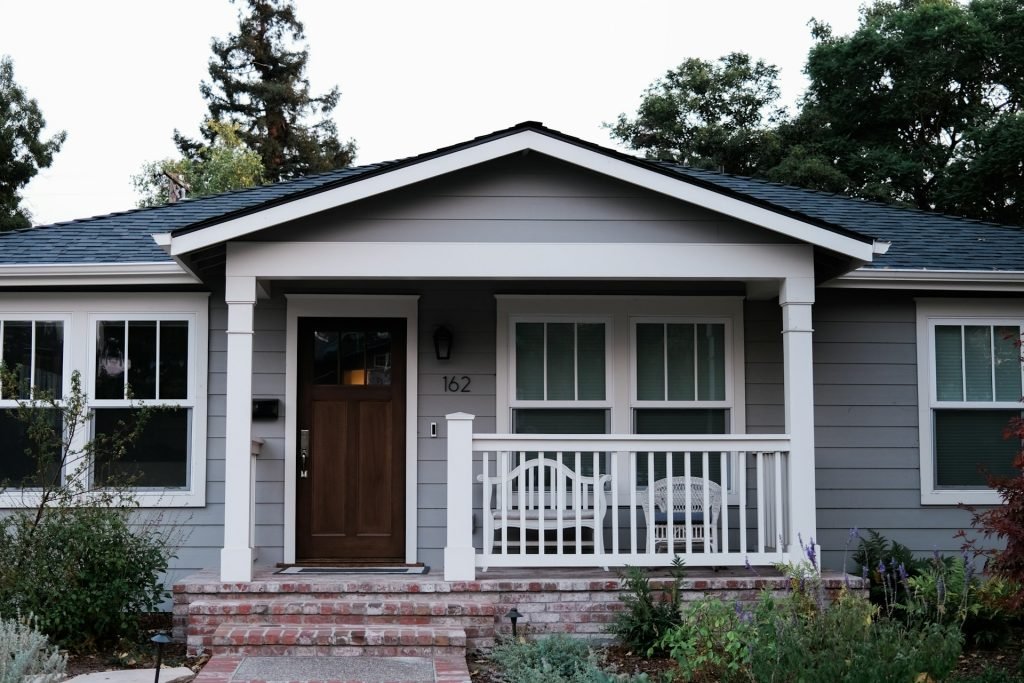Living in a smaller space in Columbus, IN doesn’t mean sacrificing style or functionality. With the local real estate market in mind, where home prices can significantly benefit from targeted improvements, smart design choices and creative thinking are key. This article provides ten essential strategies for maximizing the potential of small spaces, ensuring every square inch works hard to enhance both the functionality and resale value of your home. Whether you’re redesigning a cozy downtown apartment or optimizing a quaint suburban home in Columbus, these tips will guide you through making the most of your living quarters and increasing your property’s market appeal.
1. Multi-functional Furniture: The Cornerstone of Space Efficiency
Choosing the right furniture can make or break a small space. Opt for pieces that serve multiple purposes to maximize utility without overcrowding the area. A sofa bed with storage drawers, an ottoman that doubles as extra seating or storage, and fold-down desks are prime examples. These options not only save space but also reduce clutter by providing additional storage. By investing in versatile furniture, you keep your space flexible and functional, whether you’re hosting guests or simply enjoying a quiet evening at home.
2. Light and Reflection: Creating a Sense of Space
Light plays a pivotal role in making a small space appear larger. Embrace light colors for walls and large pieces of furniture to reflect natural light, enhancing the airy feel of a room. Replacing old, small windows with larger, more efficient ones can flood your space with light, making it feel more open and welcoming. Reputable Columbus window replacement contractors can help you out here. Mirrors strategically placed opposite windows amplify this effect, spreading light throughout the room and visually expanding the space.
3. Vertical Space Utilization: Going Beyond the Floor
Don’t just think horizontally; vertical space is often underutilized in small interiors. Installing tall shelving units and using wall-mounted cabinets allows you to store upwards instead of outwards, freeing up valuable floor space. Hooks and vertical gardens can also enhance walls without sacrificing square footage. This approach not only offers practical storage solutions but also draws the eye upward, creating the illusion of height and making rooms feel more spacious.
4. Decluttering: The Minimalist Approach
Clutter is the enemy of small spaces. Regularly sorting through belongings and keeping only what you truly need or love can dramatically improve the functionality and aesthetic of your area. Adopting minimalist principles doesn’t mean your space has to feel bare; rather, it ensures that every item in your home has purpose and place. This tactic reduces visual noise and physical obstacles, making your space feel cleaner and larger.
5. Custom Storage Solutions: Tailored to Your Space
Custom-built storage solutions can be a game-changer in small spaces. These are designed to fit precise dimensions and cater to specific storage needs, ensuring no area is wasted. Under-stair drawers, built-in closets, and bespoke shelving can all be crafted to blend seamlessly with your room’s layout, maintaining a streamlined look while providing ample storage. Investing in custom storage helps maintain organization and can significantly enhance the usability of every inch of your home.
6. Flexible Room Dividers: Smart Zoning Techniques
In small spaces, it’s essential to define areas without blocking light or making the space feel confined. Using open shelving units as room dividers is an excellent way to achieve this. They maintain an open feel while dividing spaces functionally—like separating the living area from the bedroom in a studio apartment. Similarly, lightweight curtains or sliding panels can offer flexibility, allowing you to open up or close off areas as needed without permanent structural changes.
7. Color Coordination: Unified Aesthetic Flow
To make your small space seem larger, use a cohesive color scheme throughout the home. This creates a visual flow that leads the eye smoothly from room to room, enhancing the sense of space. Choose a neutral palette with one or two accent colors to maintain simplicity and elegance. Careful use of color can evoke a feeling of expansiveness and harmony, even in the most compact spaces.
8. Strategic Furniture Placement: Avoiding Clutter
How you arrange your furniture can impact the functionality and perception of space. Opt for arrangements that facilitate easy movement around the room. Avoid pushing all furniture against the walls, which can make the space feel cramped. Instead, angle furniture in ways that create distinct areas and improve traffic flow. This strategy not only optimizes the use of space but also enhances the overall aesthetics and comfort of your home.
9. Use of Mirrors: Expanding Visual Space
Mirrors are a powerhouse tool in the design of small spaces. When placed strategically, they can make rooms appear larger and brighter. Consider installing a large mirror on a wall opposite a window to reflect the outdoors, adding depth to the room. Alternatively, mirrored furniture or decorative pieces can serve a similar function, spreading light and creating an illusion of more space.
10. Lighting Layers: Creating Depth and Interest
Effective lighting involves more than a single overhead fixture. Incorporate layers of lighting—ambient, task, and accent—to give depth and warmth to your space. Under-cabinet lights in the kitchen, table lamps in the living room, and wall sconces in the hallway can draw attention to different parts of the room, making the space feel larger and more inviting.
Conclusion: Embracing the Charm of Small Spaces
Maximizing a small space is all about creativity and strategic design. By embracing the unique challenges of compact living and employing these clever design and decor strategies, you can create a home that feels spacious, stylish, and perfectly suited to your needs. Remember, the goal isn’t just to make your space look bigger but to enhance its functionality and aesthetic appeal, making every square inch count. With thoughtful consideration and a bit of ingenuity, your small home can offer all the comfort and beauty of a much larger space.













